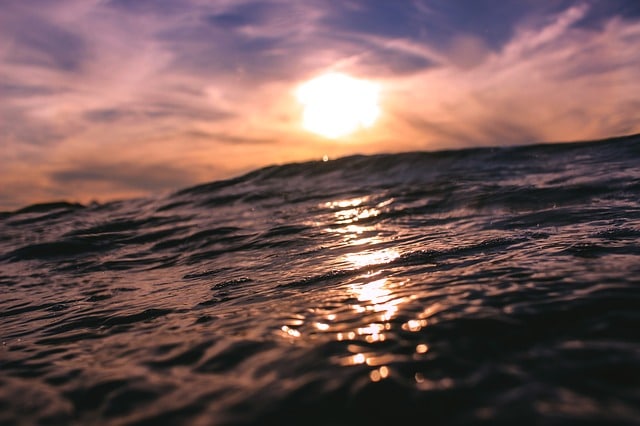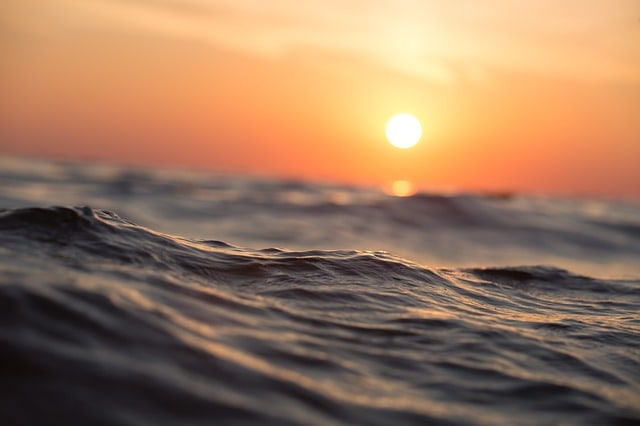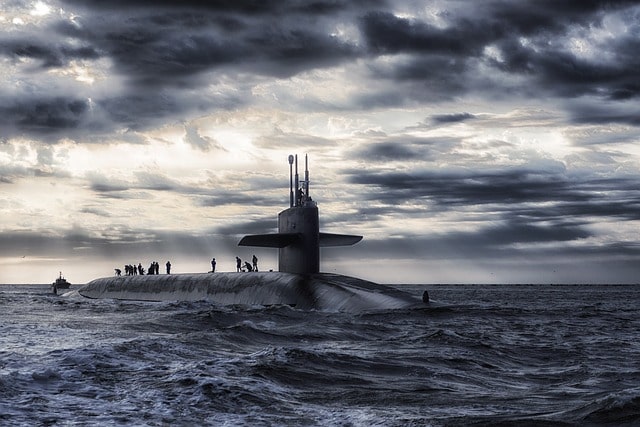Arctic Ocean: Climate, Islands, Depth, Location, Currents
The Arctic Ocean is the shallowest and smallest ocean with a total area of approximately 13,986,000 square kilometers. It is located around the North Pole and is surrounded by some countries like Greenland, Alaska, Canada, Russia and Norway. The ocean is connected to the Pacific Ocean by the Bering Strait and the Atlantic Ocean by…





